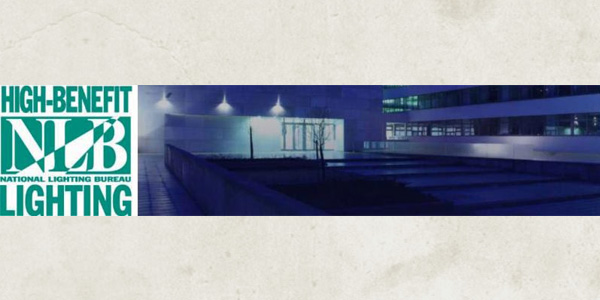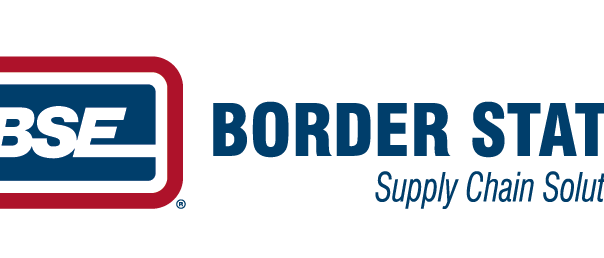SHEPHERDSTOWN, WV – While the international lighting community does not yet know enough to prescribe a certain type of electric lighting to meet the specific needs of specific individuals, enough has been learned in the past few years “to make a difference in people’s lives.” So said Mariana G. Figueiro, Ph.D., director of the Lighting Research Center, a professor of architecture at Rensselaer Polytechnic Institute, and a member of the “Prescription Lighting” discussion panel convened at the National Lighting Bureau’s 7th Annual Lighting Forum. Robert Soler, vice president of human biological technologies and research with BIOS Lighting, was the other panelist. EdisonReport Editor and Publisher and Illuminating Engineering Society (IES) Past President Randy Reid moderated the discussion.
Although the focus of the panel was prescription lighting, both panelists agreed that no widely accepted definition of the term exists. And, in fact, as Dr. Figueiro emphasized, no widely accepted definition of “circadian lighting” exists either; different people mean it to signify different things, especially spectral distribution of light. But spectral distribution is only one aspect of light that needs understanding if light is to be prescribed: Others are intensity of the light, the amount of light, how the light is distributed, and when the exposure occurs. “Optic history” is also a factor, as Mr. Soler remarked, noting that someone who routinely works outdoors all day is affected far less by “blue light” – light that, undetectable to the human eye, emphasizes the blue portion of the spectrum – than an individual who spends all or most of the day indoors, such as hospital and nursing-home patients, Alzheimer’s victims, and prisoners, among others.
Although far more must be learned to have what could be termed “full-blown” prescription lighting, Dr. Figueiro and her Lighting Research Center team are already thinking about a wearable instrument dubbed a personal lighting device (PLD). It would know a person’s lighting prescription and, as the person moved about an office or similar area, it would adjust the overhead, ambient lighting to maintain the individual’s prescribed exposure. We are far from that situation right now, because more research is needed. Nonetheless, we do know that lighting affects people’s health. In the case of Alzheimer’s patients, for example, a population that stays indoors all day, circadian-effective lighting has been shown to improve patients’ sleep, lessen their agitation, and reduce their depression.
Although no one really knows how to prescribe lighting for specific individuals, prescription lighting is now installed in virtually every illuminated space. According to National Lighting Bureau Executive Director John Bachner, “We now know that lighting affects people in ways that, until 20 or so years ago, we were totally ignorant of. As such, for better or for worse, whoever designs a lighting system is actually designing a system that affects human health and performance. For the most part, however, we don’t know how. But it surely explains why it’s so important to have an experienced lighting designer on your side.” The Bureau offers a free lighting-designer directory that includes some 5,500 listings and guidance on how to make an effective selection.
And for those who want the best-possible light to maintain their health and optimize their performance, both panelists agreed on just one approach: Get up and go outside in the morning and darken the bedroom (or wear a sleep mask) at night.
Watch this fascinating discussion of the future we’ve already entered free of charge, at https://nlb.org/prescription-lighting/, courtesy of the National Lighting Bureau, an independent, IRS-recognized educational foundation that has served as a trusted lighting-information source since 1976. The Bureau is able to provide its services to the public free of charge because of the generous funding of the organization’s sponsors: professional societies, trade associations, labor unions, manufacturers, service providers, and agencies of the U.S. government.






